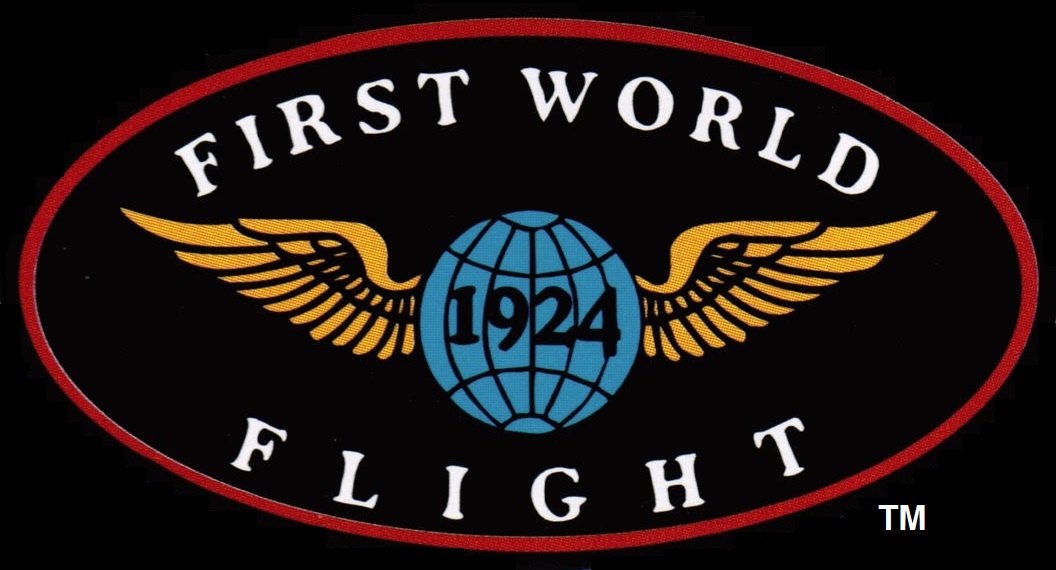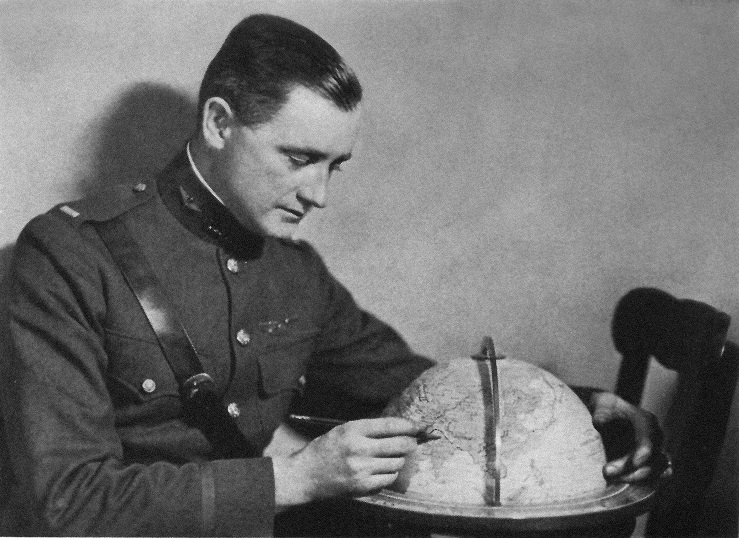 | ||
| First | Prev. |  |
Next |
| Lt. Lowell Smith, 32. was born in Santa Barbara, California. He
was pilot and mechanician of the Chicago and later, Commander of the World Flight after Martin crashed. Smith's
early mechanical aptitude pleased his father, a preacher, mechanical and electrical engineer. A shy, quiet,
sensitive idealist, at the age of 20 Smith joined Pancho Villa in Mexico, maintaining his battered fleet of
3 decrepit biplanes and flying reconnaissance flights with several other U.S. pilots. General Pershing hunted
Villa unsuccessfully for over 12 months. When America entered the War in 1917 Smith joined the U.S. Air Service
and became a flight instructor at Kelly Field before being transferred to Europe. After the war he commanded
the 91st Air Squadron in aerial fire patrols throughout California, Oregon, and Washington. He always led his
pilots safely home, often through thick fog, heavy rain, and blinding blizzards. His uncanny navigational
abilities were said to be inherited from his famous ancestor, Daniel Boone. During the Great Transcontinental
Air Race of 1919 he won more medals than any of the other 70 pilots. With deep budget cuts, he stepped down
from his rank as Captain in 1921 to remain a Lieutenant in the U.S. Air Service. He was a veteran with over
2,000 hours of flight experience when selected. Lowell Smith developed the equipment and technique required
for aerial refueling. On June 27, 1923, Smith and John Richter made the first successful aerial refueling. The
following month, they stayed aloft for over 37 hours flying 3,297 miles non-stop and establishing 16 new world
records for distance, speed, endurance and range. Using aerial refueling, they made the first non- stop flight
from Canada to Mexico, flying 1,280 miles in 12 hours. General Pershing, unimpressed, believed the technique
had no future practical military application. | ||
|
|
||
|
Home |
||
| 1803 Lindbergh Lane, Port Orange, FL 32128 Tel: (386) 795-1062 email:info@firstworldflight.com | ||